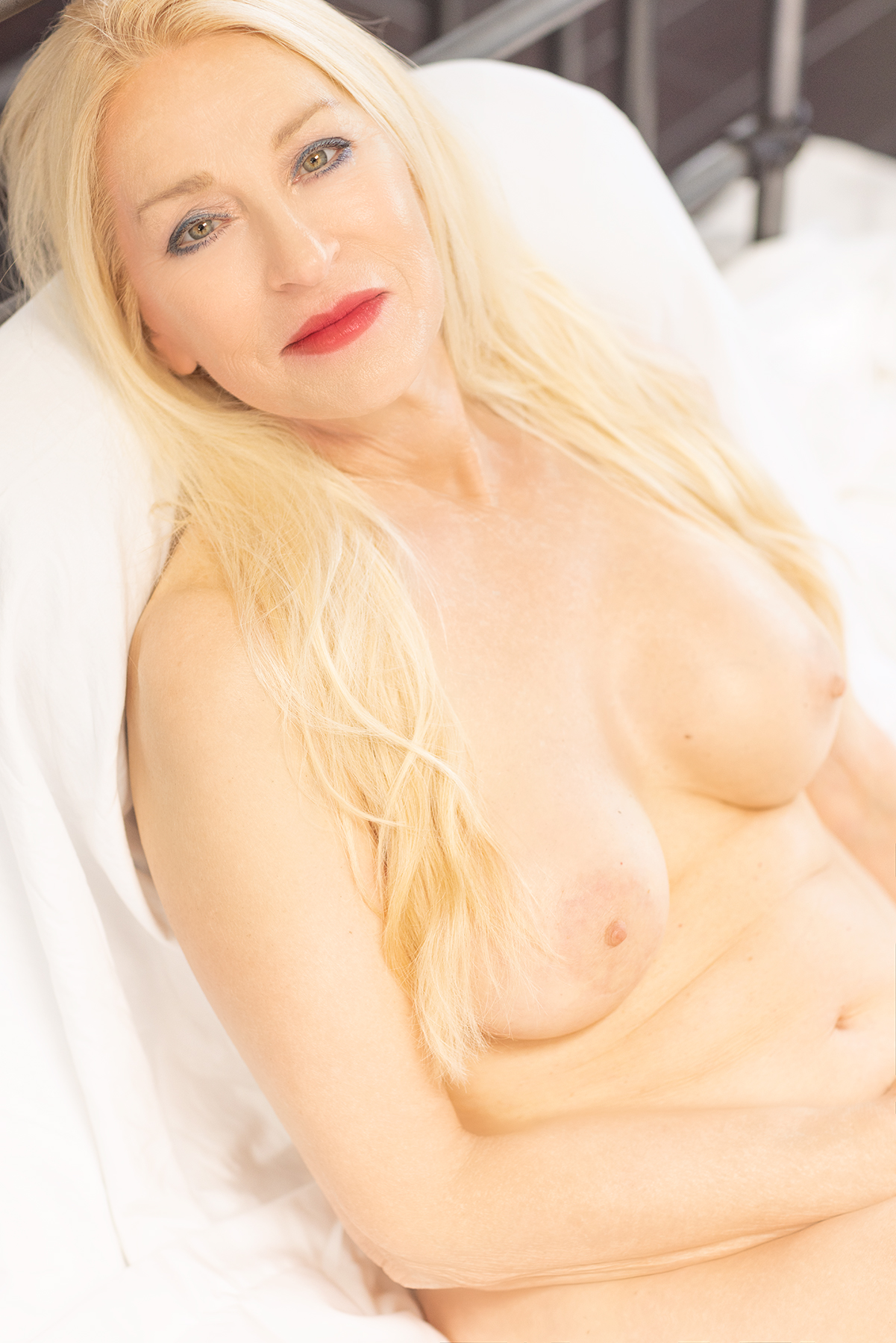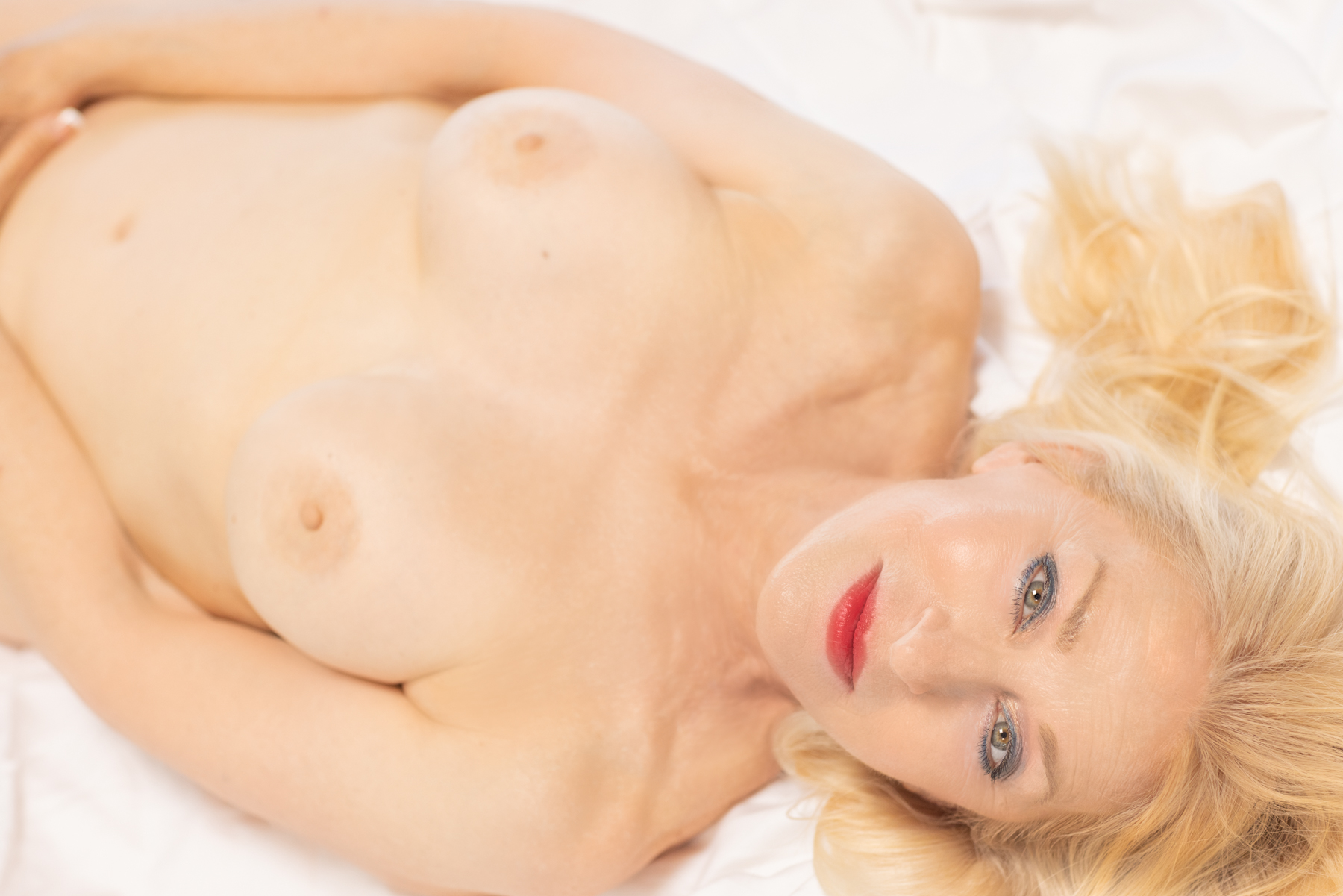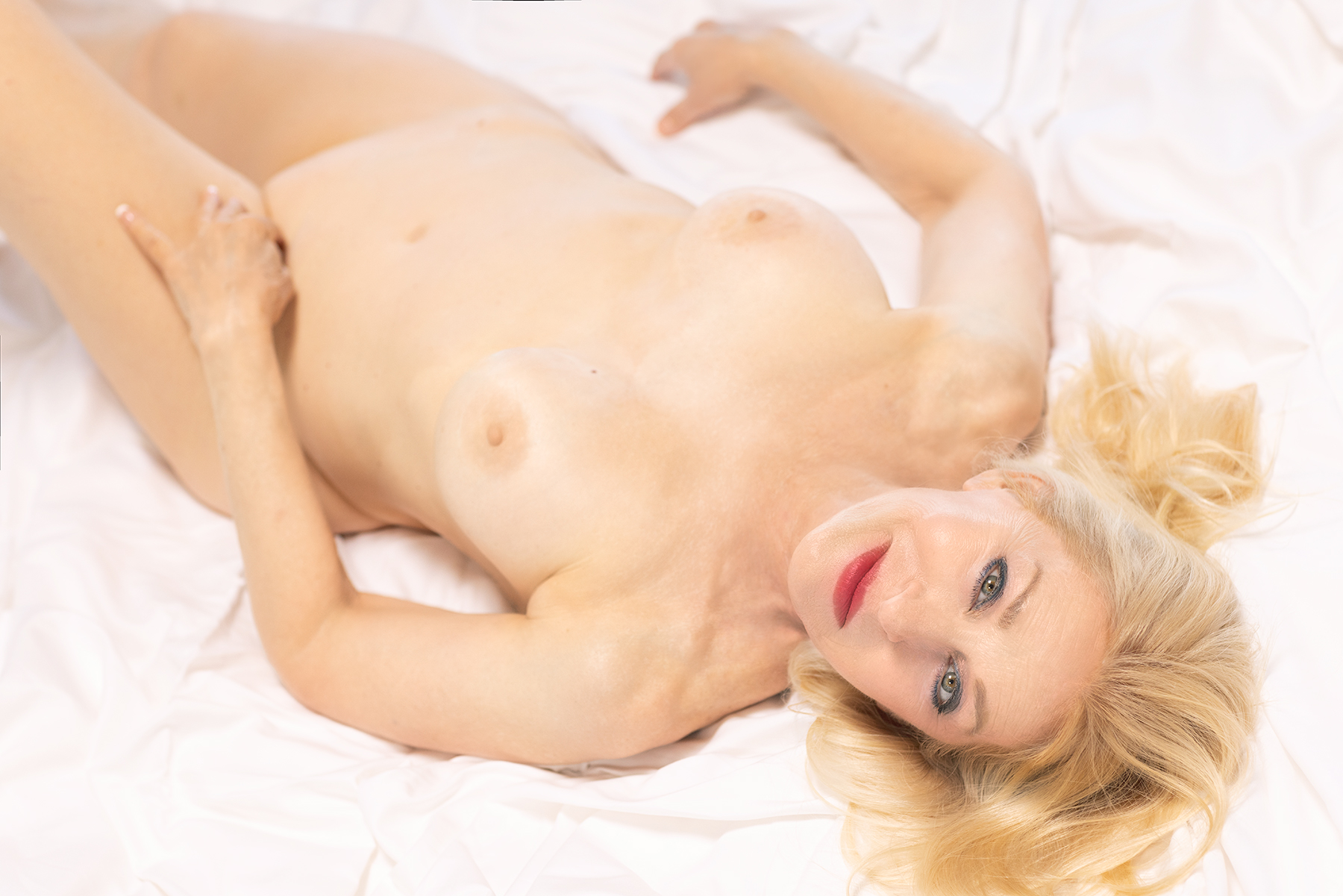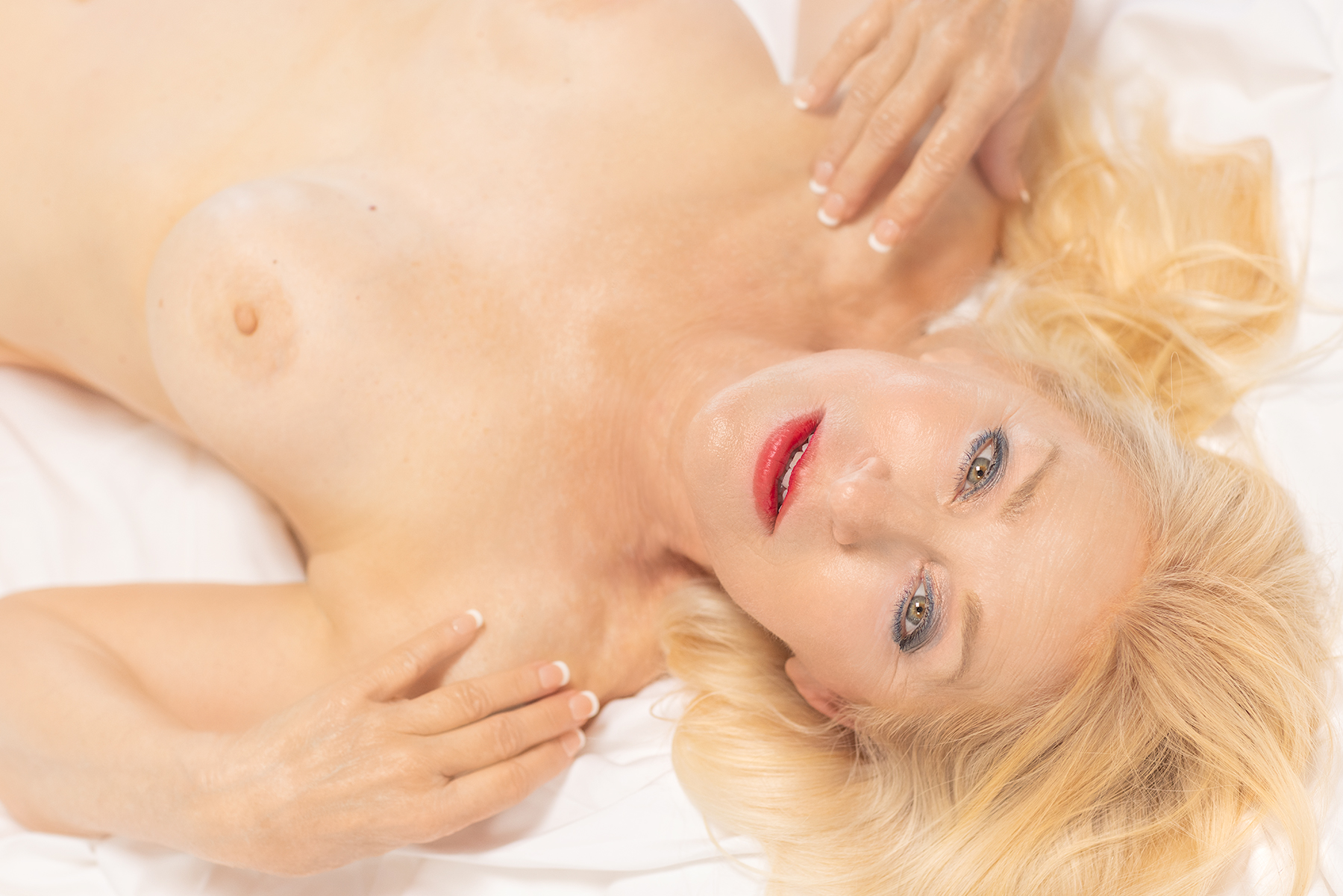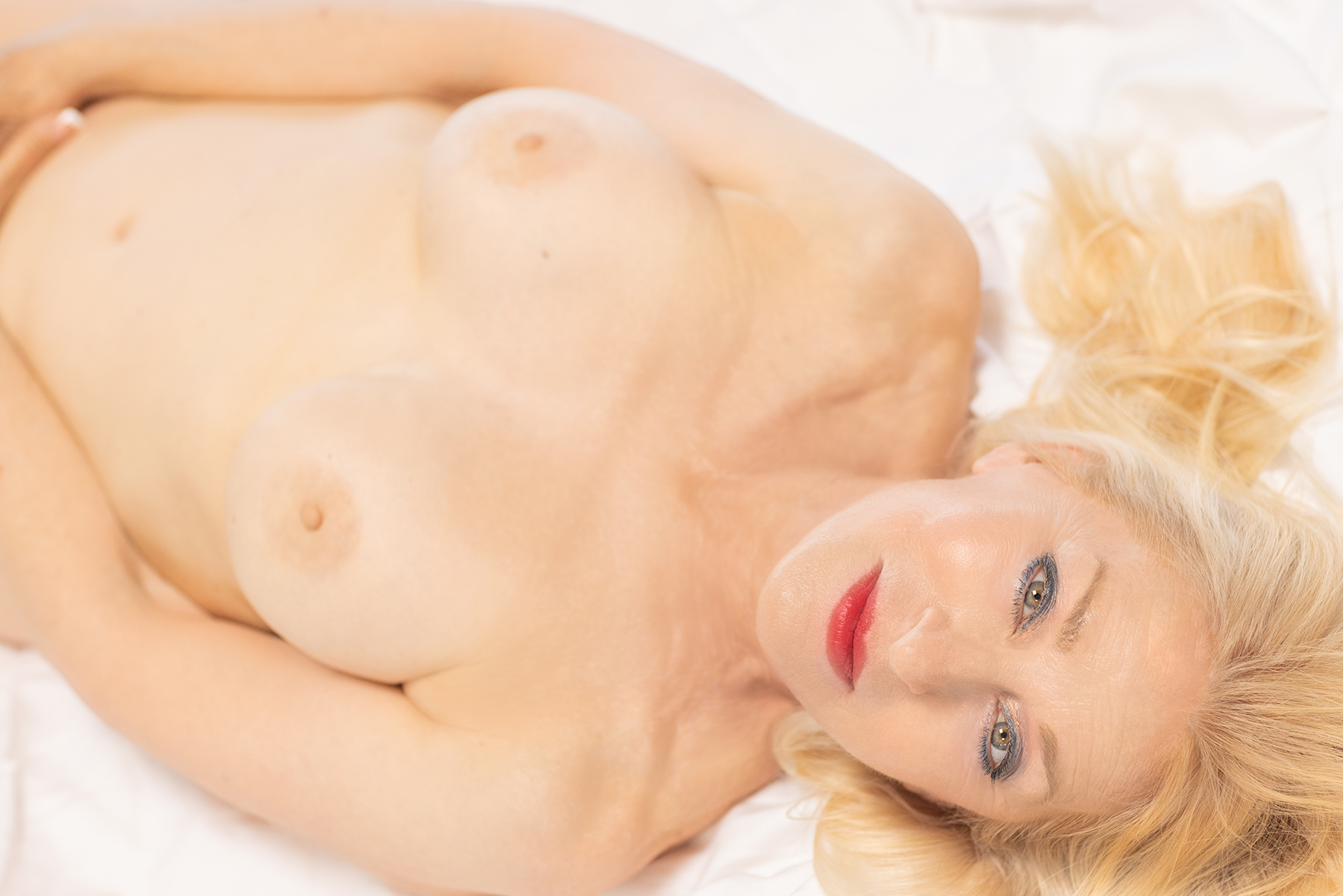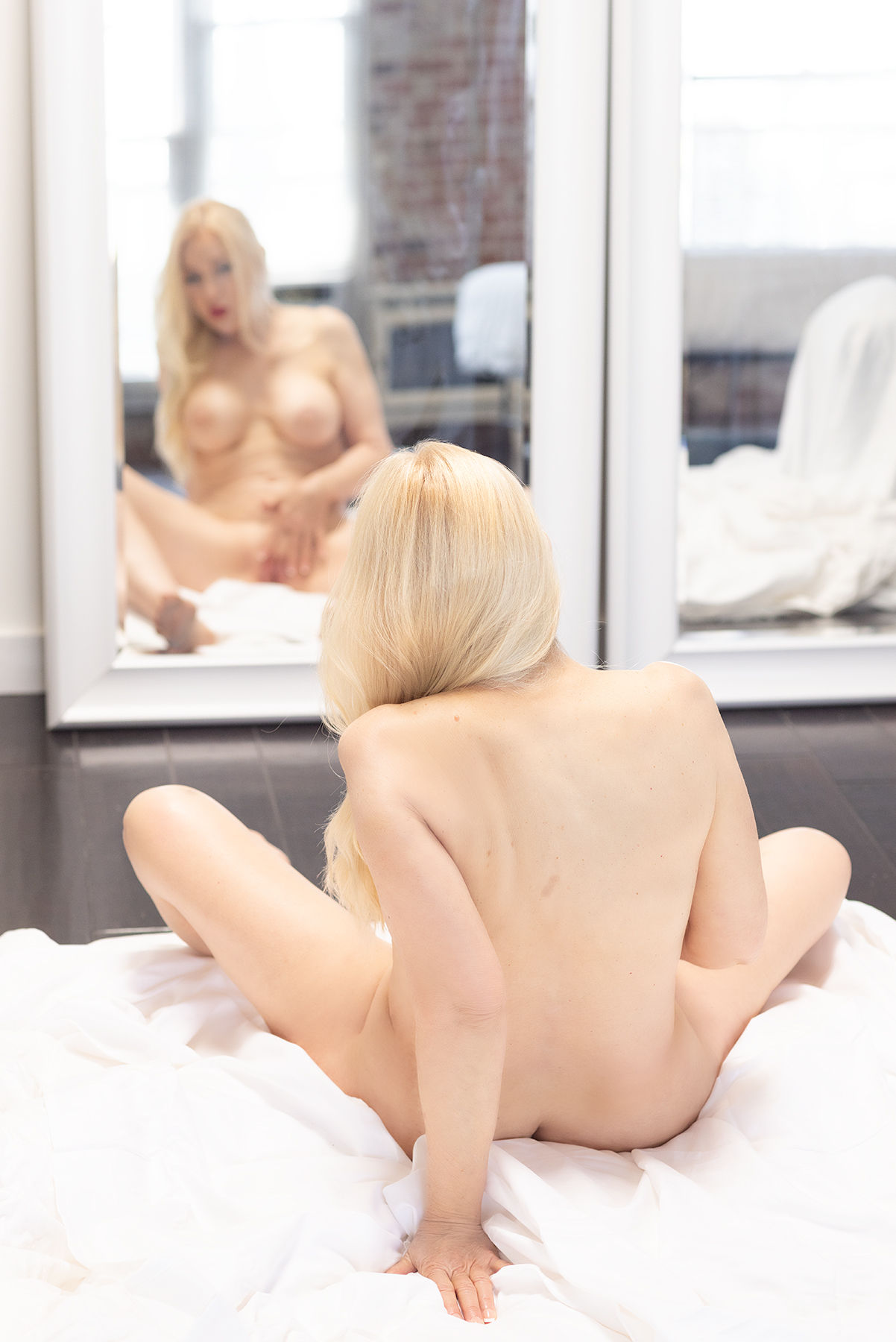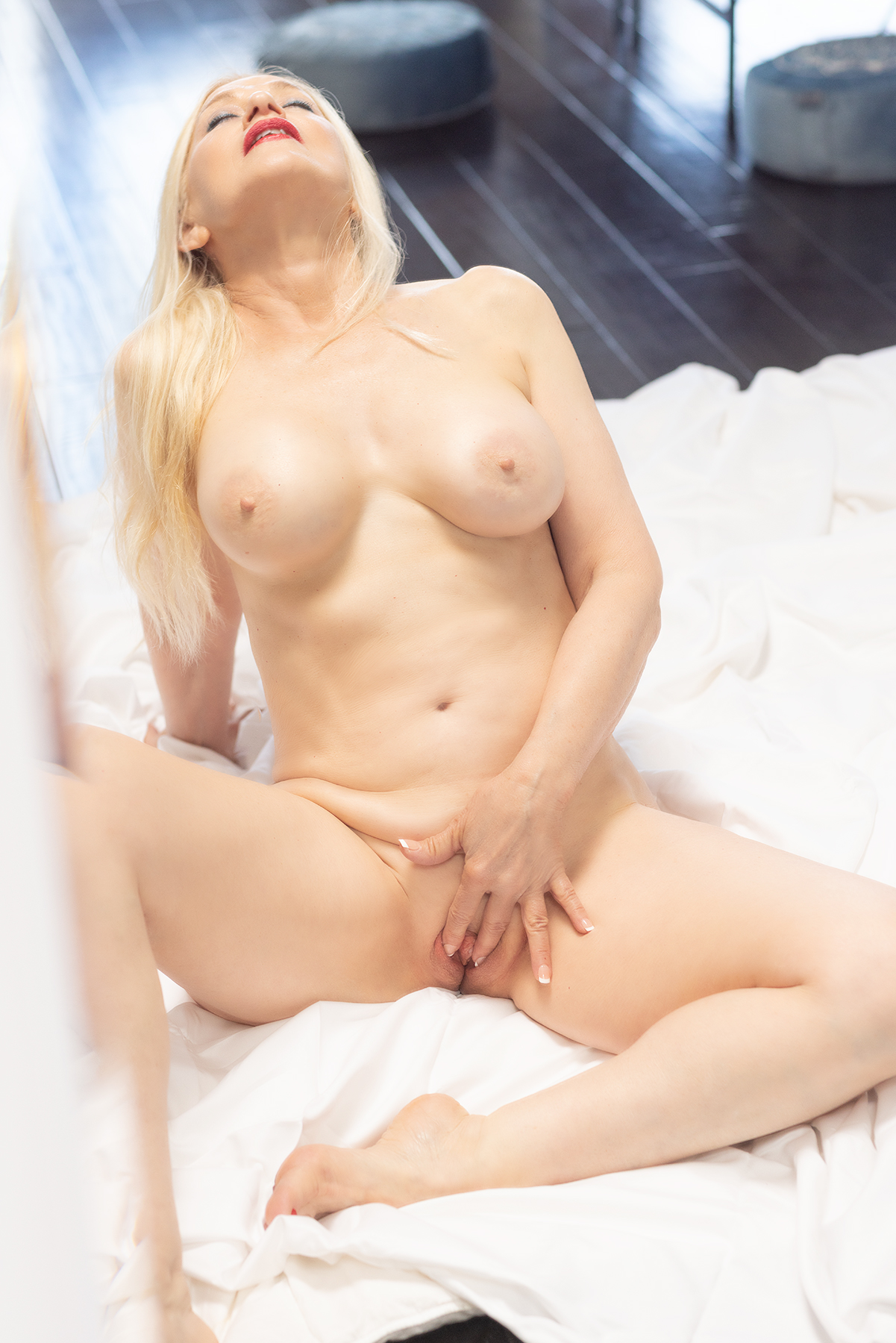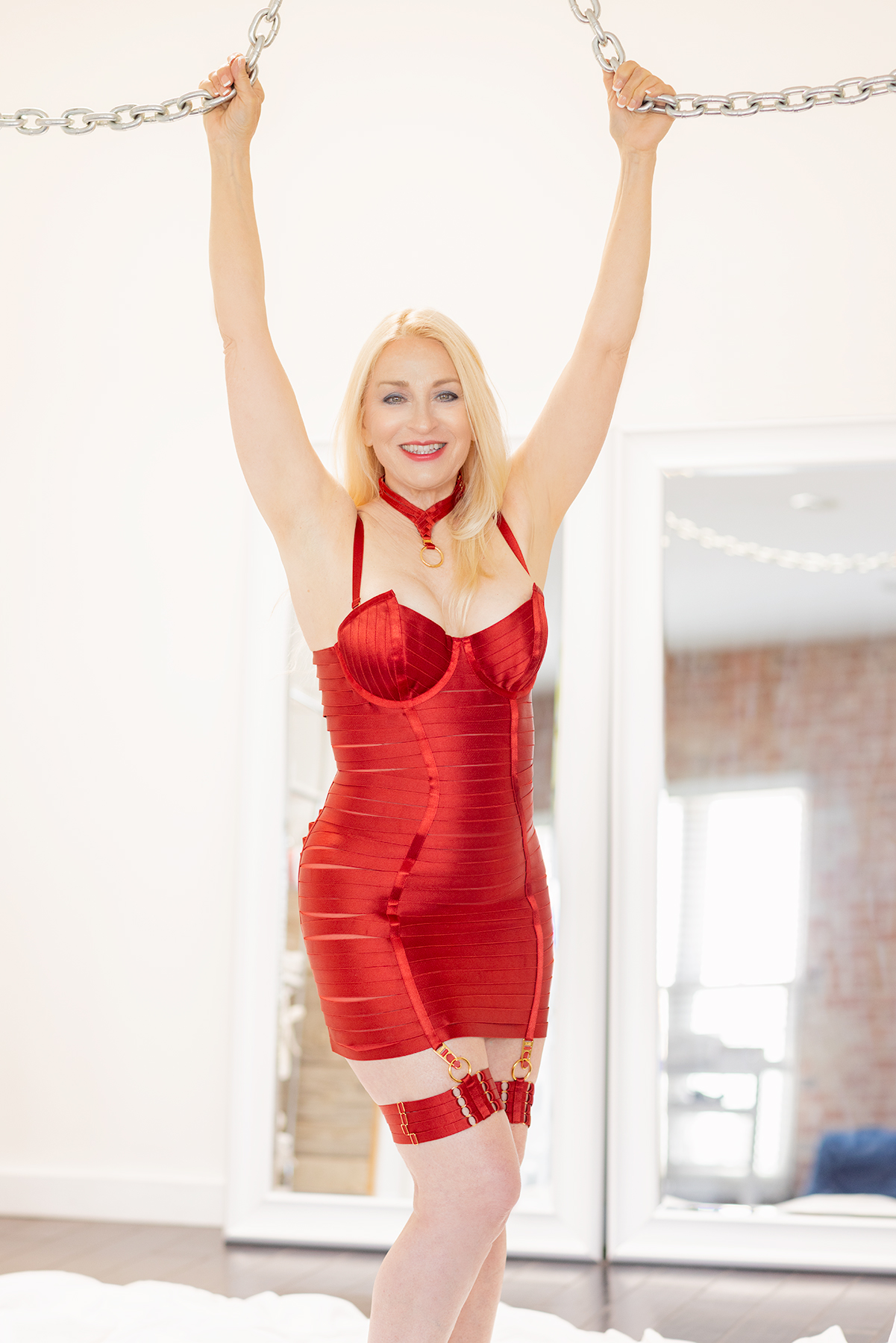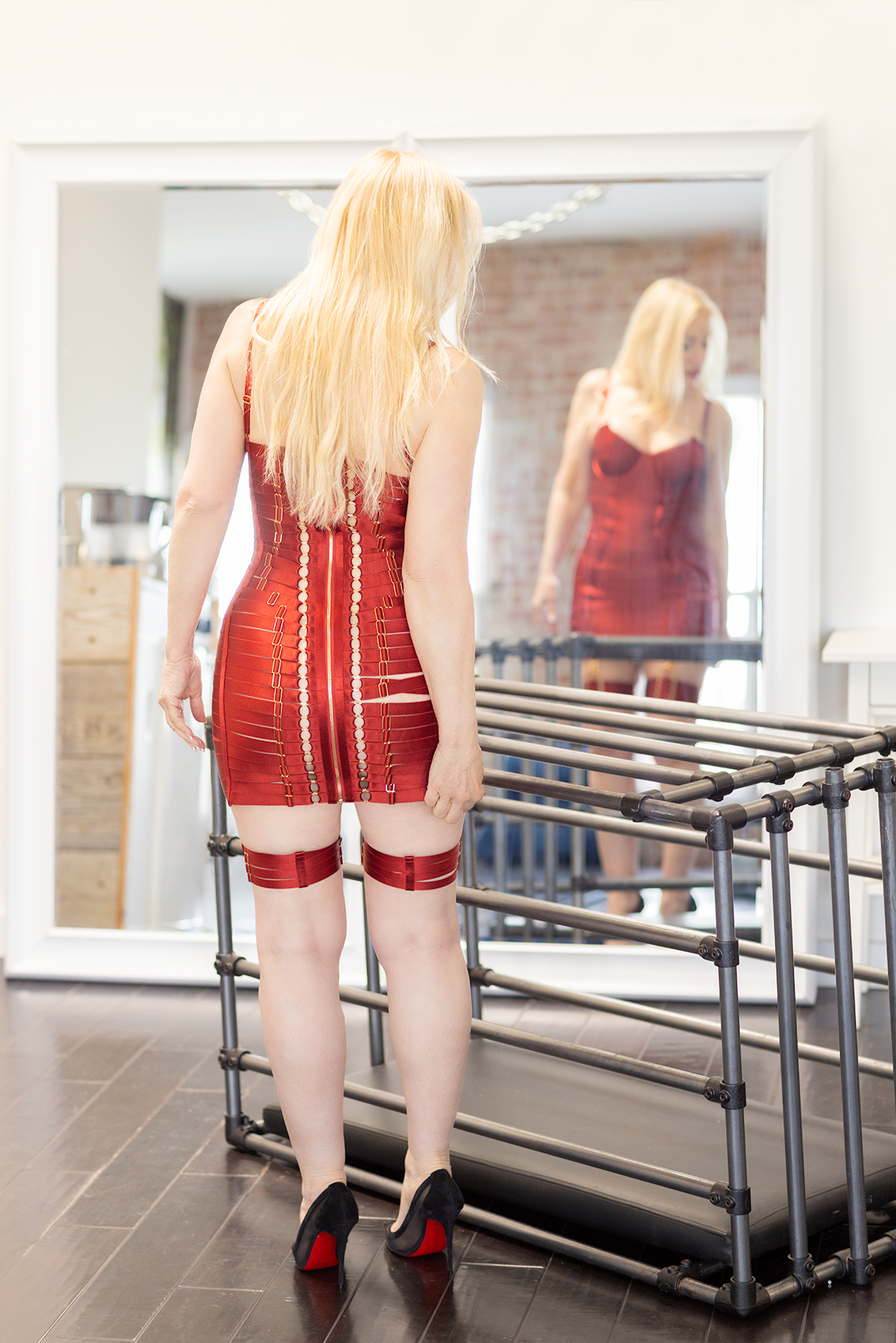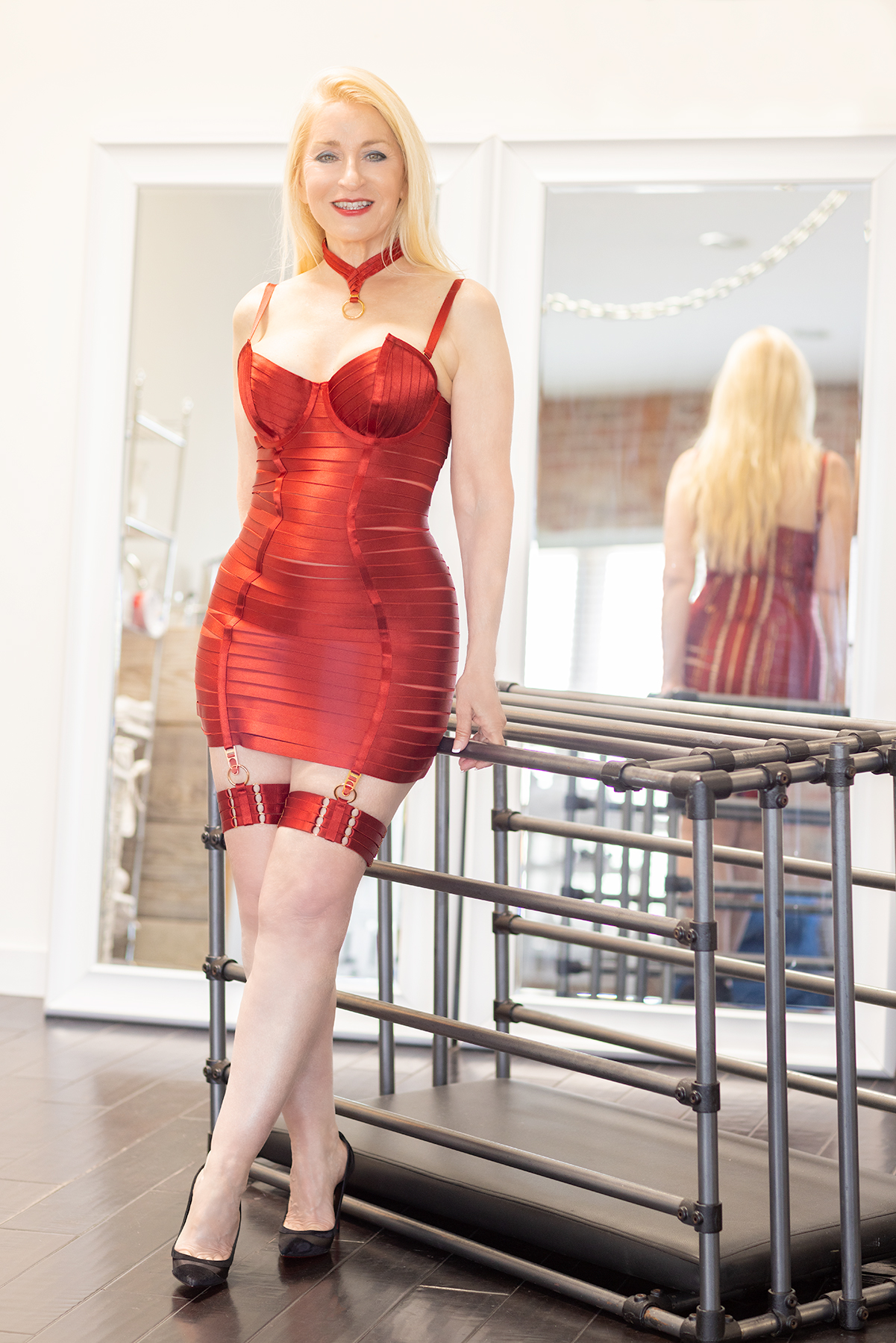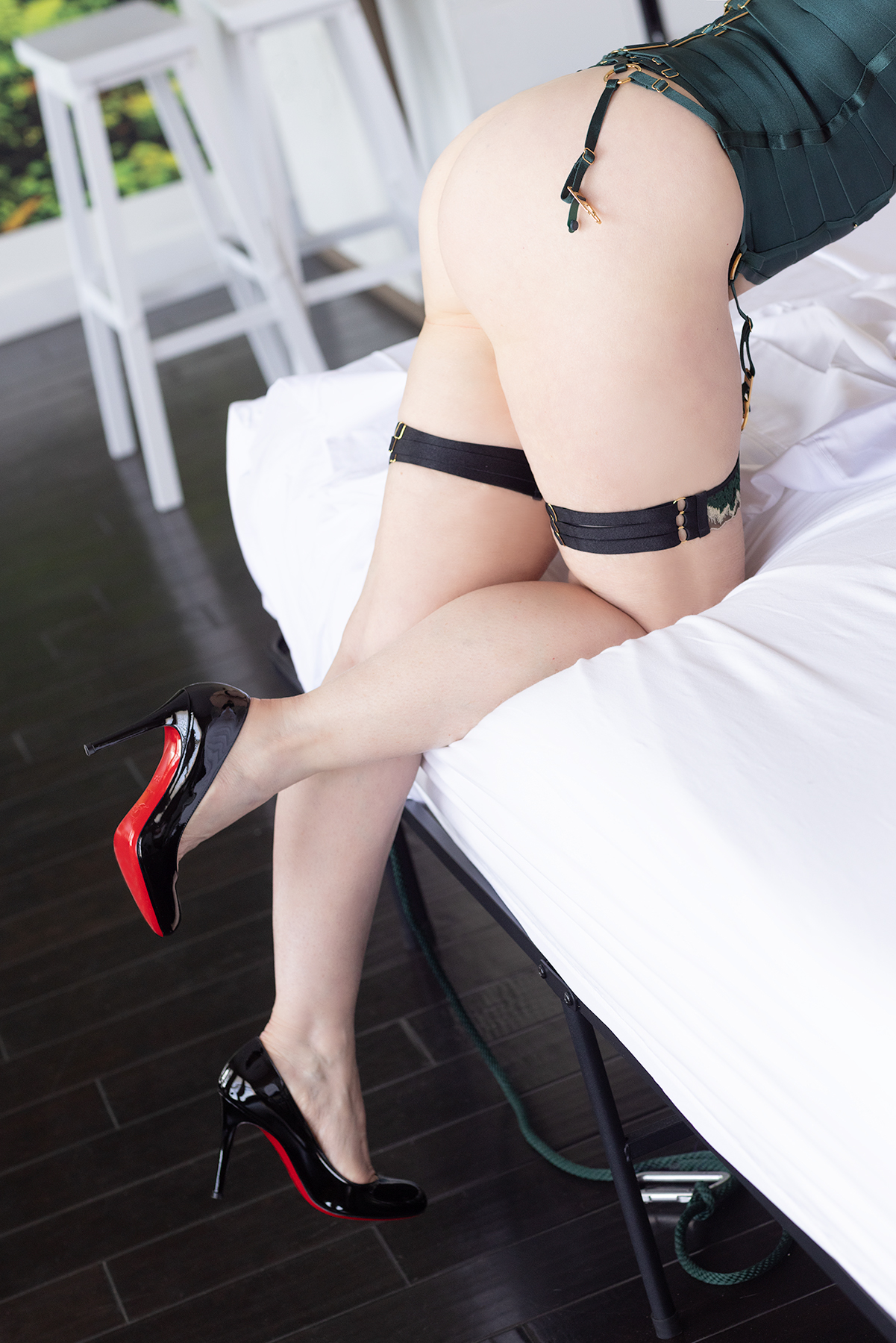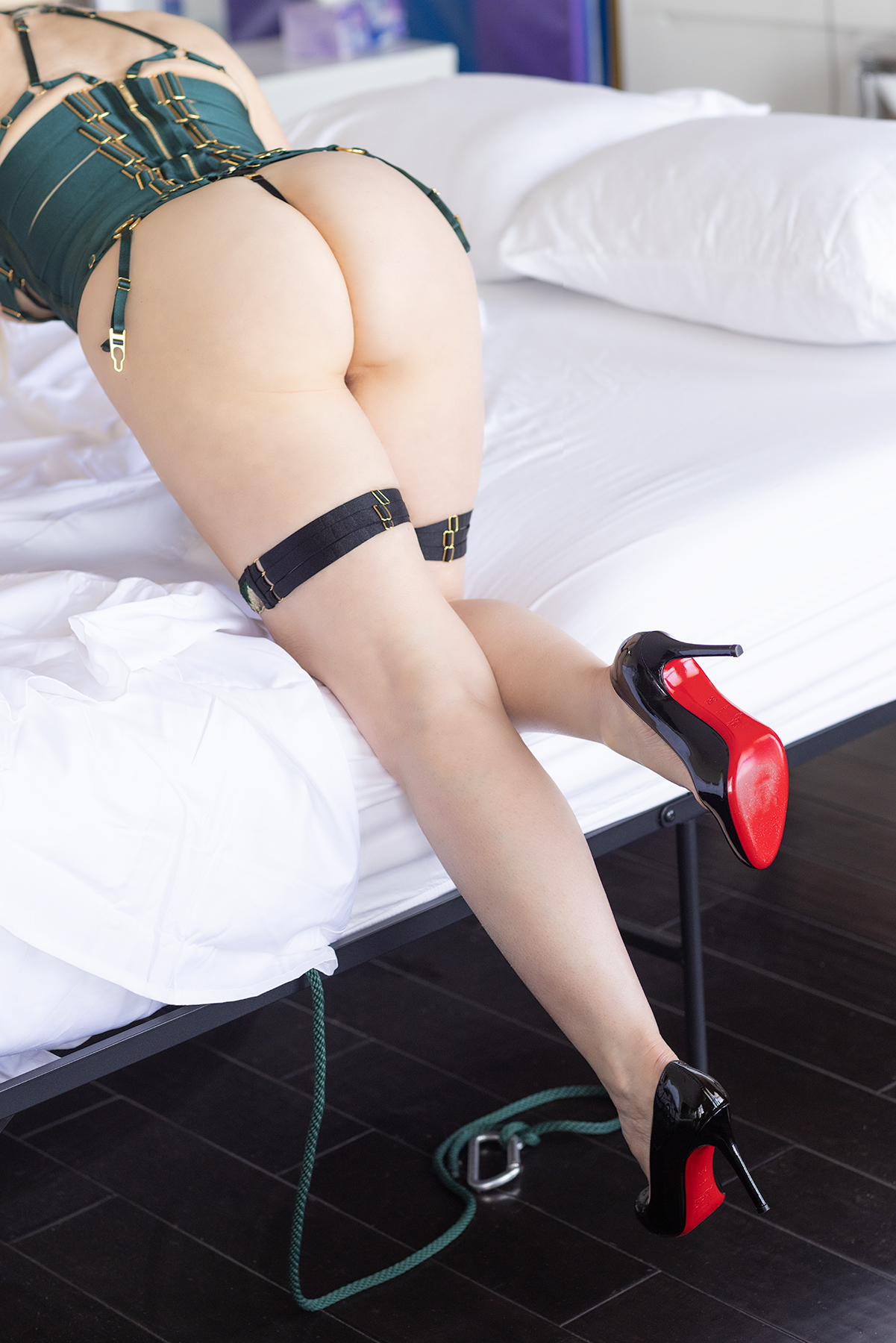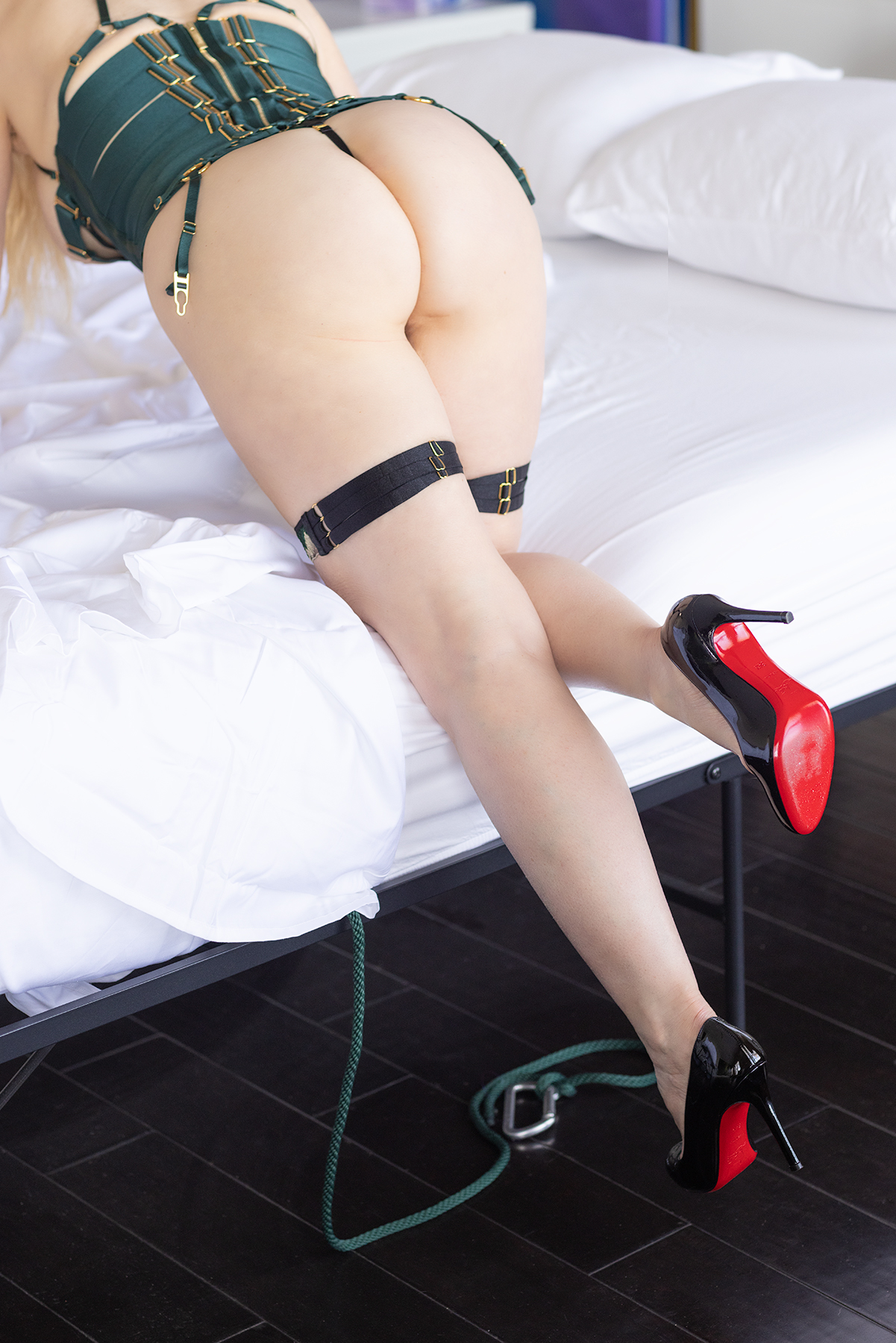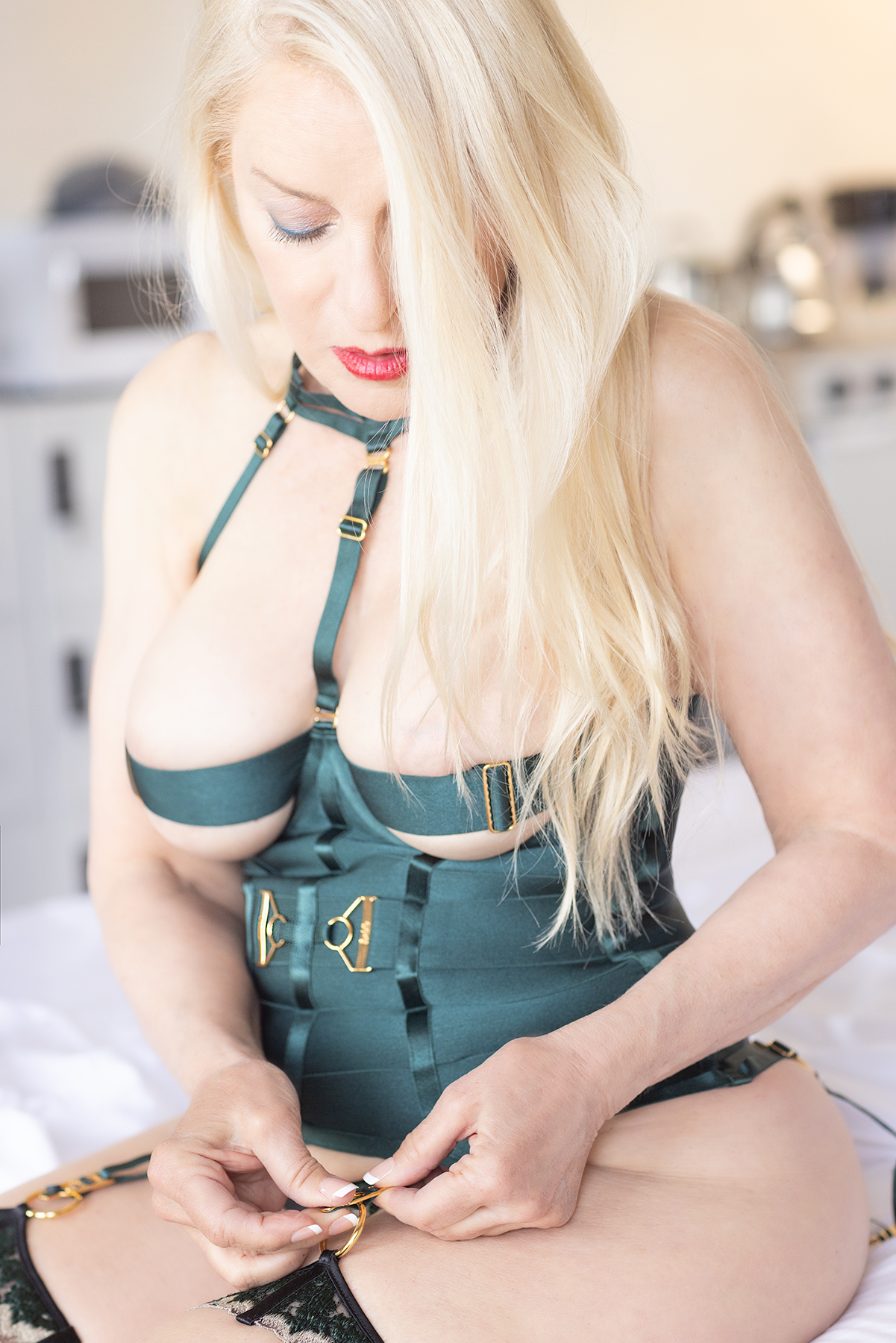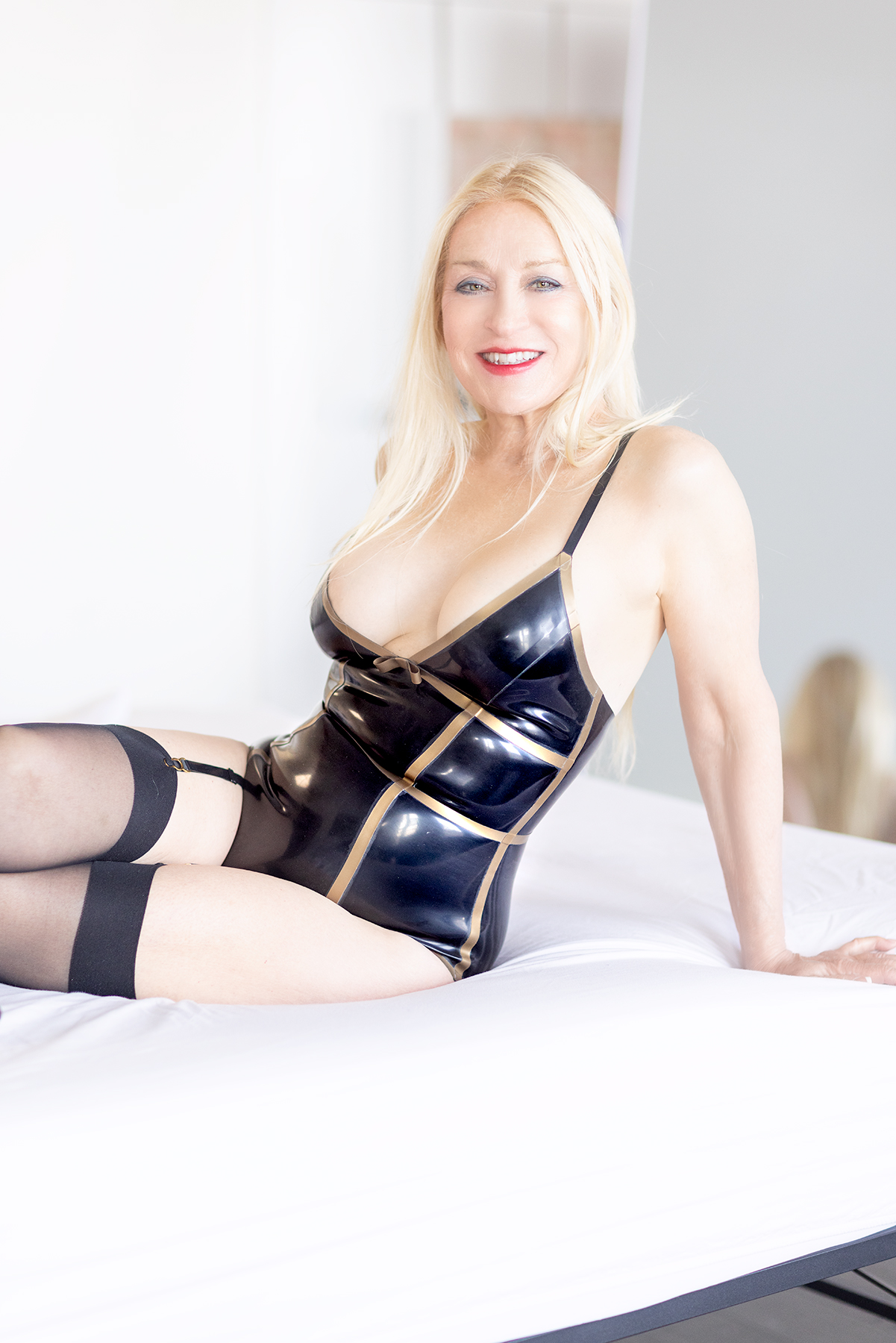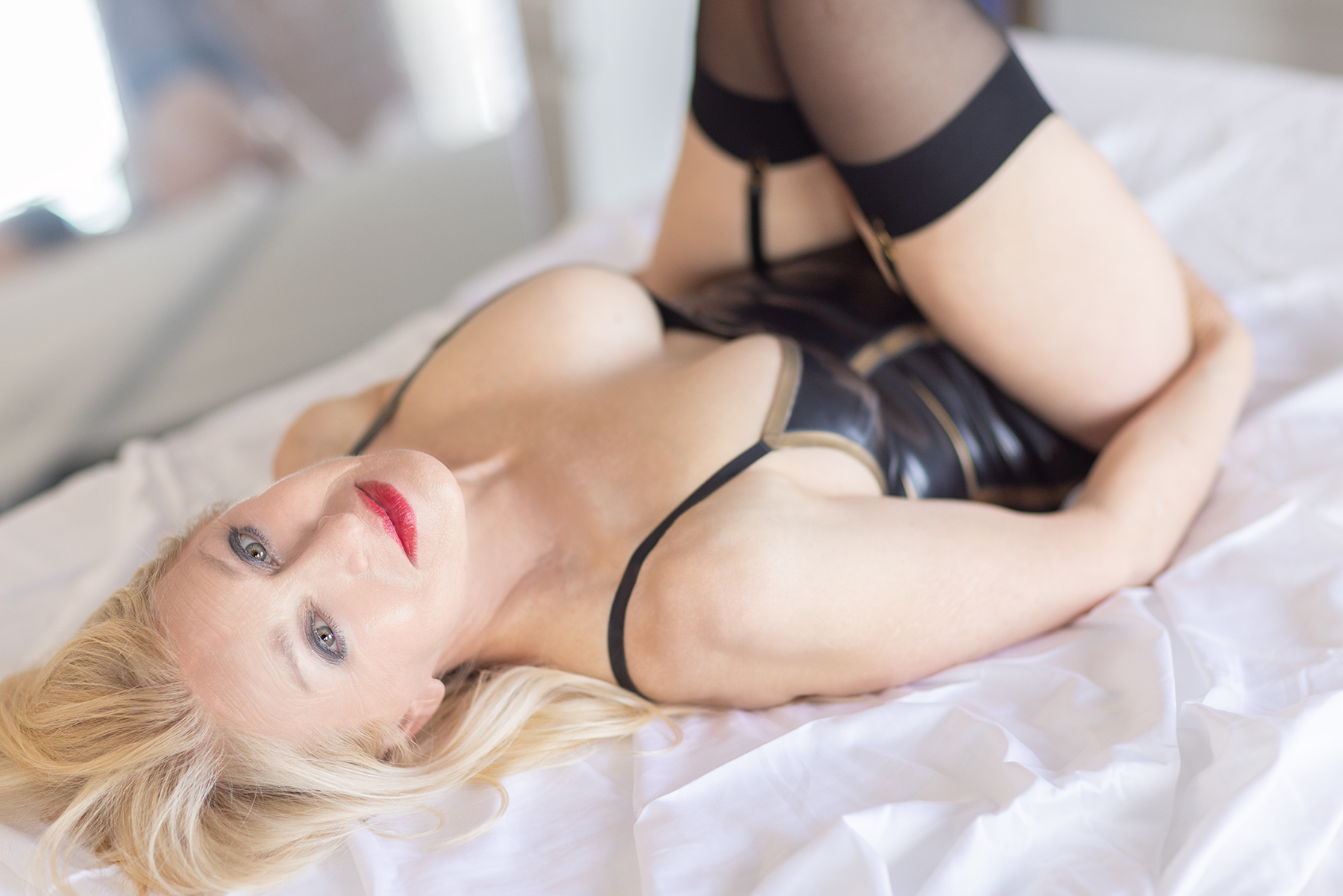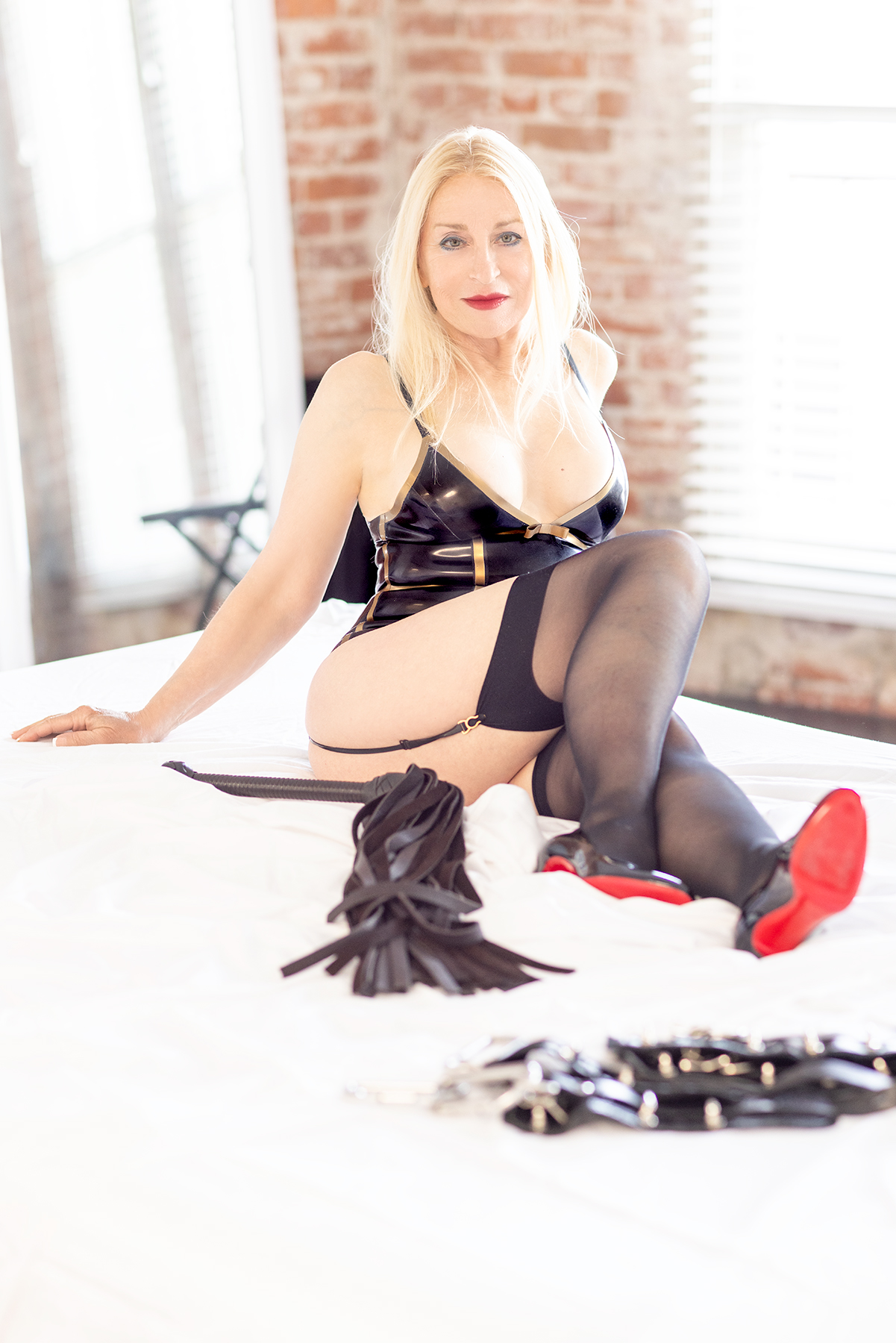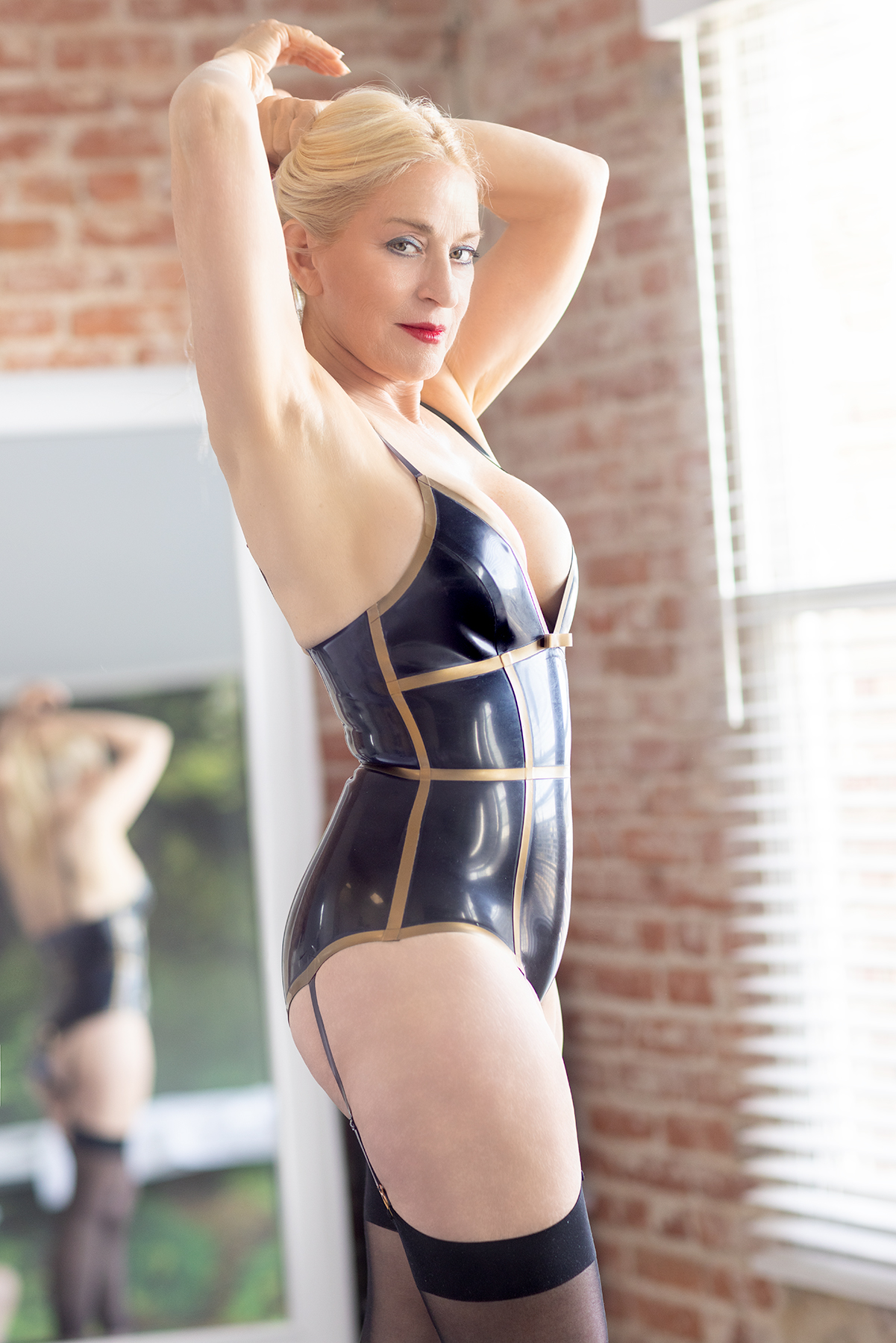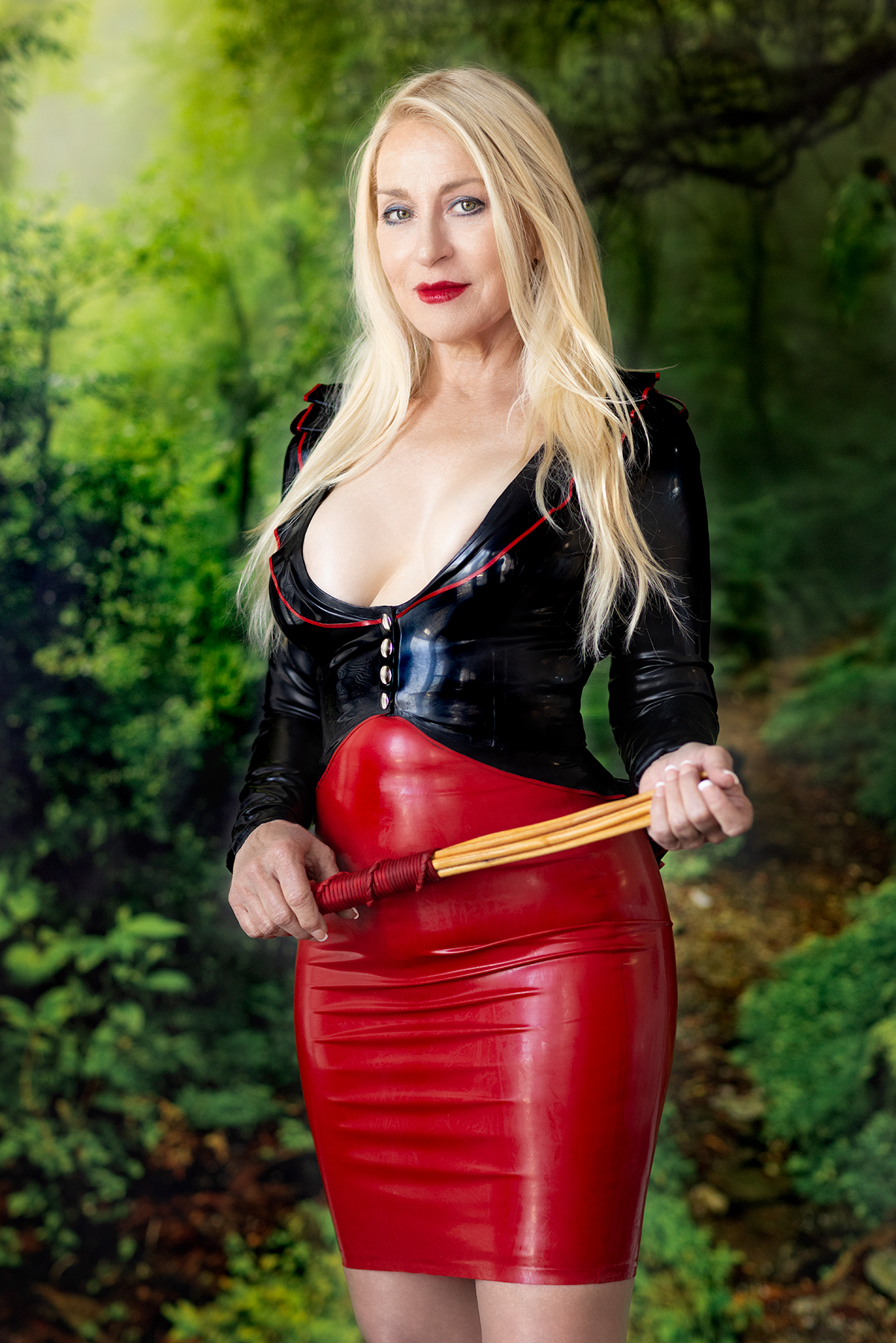Q: How does Pony Play relate to BDSM? Is Pony Play part of the BDSM community or separate?
A: Bondage, the D/s dynamic, and Discipline are found in Pony Play. In the biological equine world there naturally exists opportunities for creative role play in BDSM.
Overview
There are many types of Pony Play. There are many different activities Pony Play encompasses. Some Ponies are in a “pony head space”, a place of being a pony where the human person they are does not exist. They *become* a Pony and have a Pony persona. This type of Pony would be open to many role playing scenes using bio equine themes. Some Ponies feel they are human and forced into being a Pony. Lots of fantasy material (graphic magazines and internet) is based on this premises, of a slave becoming an equine animal. Either direction a human comes to Pony Play, whether it is a slave Pony or Pony in equine role play, the play involves Bondage, Discipline, Dominance, submission, sadomasochism. Either direction a human comes to Pony Play, on the outside (the view of an outsider watching the Pony Play), it may look the same. There is a huge difference in what is happening in the head space between the Trainer and the human Pony. There is a difference in what the experience of play will be of that a human Pony that is taking a Pony head space and playing, rather than that of a human forced to be a Pony.
A human Pony in pony headspace may have a persona of being stubborn. That is quite different from a human forced into pony play that likes forced or resistance play and chooses to be a naughty pony and misbehave. A human Pony in pony headspace might like a caress, and being petted. A pony being forced into being a pony might like sex, and find the taboo scenario sexually exciting.
The life of a biological equine has many activities that include BDSM. The life of a bio-equine is a life of bondage unless the horse is a wild horse. An owned biological equine is going to be trained in some type of discipline. There is a period of forced play, old school horse breaking, the equine must be broken to wear a bridle, harness, take the bit, wear a saddle and be ridden. There is punishment and discipline, training, forced exercise, resistance play, and serious bondage in the life of a biological equine. There is bronco busting, training for a particular discipline, show pony or circus pony training, and work pony training. Dominance and submission play a part in the relationship building between any handler and biological equine, even for an equine with a dominant personality. Sadomasochistic themes exist in the life of a biological equine beyond forced play and impact play. There is objectification, service, exhibitionism, fetishism, and medical play. In the life of a biological equine, being made a gelding, sissification, exists. The biological equine world is abundant with opportunities for creative role play in BDSM.
Bondage
A person being tacked up, having the gear placed on them to do human Pony Play, the first thing that person notices is how constricting and binding all the gear and tack is. You can’t escape that feeling. There is this bridle, bit, maybe a corset, a harness, a rein, all of these items are to control you and to be able to communicate to you without many words. As a human Pony you are in bondage and you are submitting to the person holding your reins. You may fuss, you may become a jumping, rearing bronco, but this is simply the sauce over the roast, as the Trainer takes control of the Pony. This constricting, binding gear and tack and submissive position will enable the human to slip into a Pony headspace. Why is human Pony Play this way?
The life of a domesticated equine is a life of serious bondage. The domesticated equine is born in a container. A domesticated equine lives in a container, be it a fenced pasture, a corral, a stall. A domesticated equine is transported in a restrictive container. Breeding domesticated equines is done under serious bondage conditions. There are natural settings to choose from for your Pony play just by emulating bio-equines. The tack and gear of the domesticated equine is designed for restraint and communication. Everything is about control of the equine and letting the equine know what you want of it.
Tack and Gear for Pony Play Bondage:
• Bit – control of the head through pressure on or around the mouth used in conjunction with a bridle
• Blanket/rugs/show covers – protection from the environment (not exactly bondage, but adaptable as such with human ponies)
• Bridle – control of the head through pressure on the skull that communicates cues
• Chain (particularly with a lead rope) – added power to gain attention and control
• Chin strap, throat latch, et al. – adds additional power to the bridle
• Cross ties – communicate the expectation of standing in one area
• Driving reins – allow the trainer/handler to guide the pony from a considerable distance either on the ground or at cart
• Halter – direction, attention, secure to a location
• Hitching post – secure tie down
• Hobbles – harnesses the equine’s legs to restrict movement (i.e. allows for grazing, but not running away)
• Lead rope (various tie downs) – guide and tie down
• Leg wraps – protection, first aid, maintenance of musculature, movement restriction
• Lounge Line – one, long rein for exercising the pony on a circle or vault
• Martingale – control head carriage
• Saddle – bondage device providing a place for the rider to sit comfortably on the equine for the purpose of interconnected relationship expression
• Surcingle – training apparatus encircling the girth for training to bit, head carriage, saddle, and driving
• Reins – tool for the trainer/handler to guide the pony
• Twitch – device used to inflict pain or distract the pony in order to allow handler access to perform procedures the equine otherwise wishes to avoid
• Veterinarian chute – restricts the equine’s movement up to complete immobilization for medical procedures
• Wash rack – keeps equine is place while protecting the groom
The tack, equipment, and gear that has been made for the domesticated equine is adaptable for use in one’s human Pony Play. One must always keep the safety of your human Pony as a priority, but perverting what is naturally in the life of a domesticated equine is quite easy. Many adaptations have surfaced within the graphic magazine BDSM pony lore, such as slave bonds and harness, bridles, saddles, tie downs, confinement stalls, nipple rings used as martingales, and hobbles.
Another serious bondage situation/play scene would be to mummify your human Pony, covering it in saran wrap and turning the Pony into a carousel pony strapped to a post or immobilized in suspension. An alternative would be to use Rope in rigging your human Pony, both to hold the shape you desire and the suspension.
Medical Play can take an interesting twist, as Veterinarian Play and the human Pony may enjoy the restraints used on the domesticated equine. There are restraints applied before procedures, then a variety of medical possibilities options await to be explored. Compression bandages provide another opportunity for the serious bondage lover that is a human Pony.
Once properly restrained, you may want to turn your human Pony into a gelding that may compete as such in human Pony Events, such as, the Mare-Barrel Race or Derby Races.
Discipline
Let us consider Discipline.
Training is the positive side of Discipline in human Pony Play. Training consists of aspects of guidance, self-control, endurance, and conditioning. Training is the foundation for self-development and personal growth. It creates the pony’s expression through physical, mental, emotional, and spiritual development. It enhances the experience through focus, intention, and increase of abilities of the human Pony.
Punishment on the other hand is a different tactic, a completely different route to apply to a human Pony. It consists of both constructive and destructive forces. In the hands of a talented Trainer the deconstruction possesses the power to recreate from the base elements the Trainer left the human Pony. In its worst manifestation it debases without a positive reconstruction of self. At its best, punishment decreases an undesirable behavior and increases a desirable behavior.
As the Trainer you will have the choice of using the elements of training and punishment. The development of a being no matter what the final goal requires thoughtful planning and commitment. When negotiating a scene with your human Pony, the Trainer must consider whether they are interacting with a person who will be in pony head space or a slave forced to be a Pony.
Herein lays the key difference between the slave pony and human emulating a bio-horse in pony role play. The direction the discipline takes defines the pony play. Is the discipline intended to satisfy the Trainer’s desire to debase someone or is it a method to control a human Pony? A biological equine trains like an athlete, and it is the generally accepted view that one of the things differentiating humans from animals is that animals cannot be humiliated. A human emulating a bio-horse in Pony role play is not about humiliation. A slave forced to be a Pony, the play can be about humiliation.
Do equines experience self growth? I think of Secretariat. He was an athlete. He ran fast. He was trained to run faster. The jockey holding his reins during the Belmont Race talks in an interview after the race of Secretariat running his race, doing what he was able. Doing what he was able is a record that has not been bested. Both an equine and a human can develop new skills and abilities. The human has the ability to develop a sense of accomplishment which goes beyond the sense of happiness an equine may feel upon being rewarded for succeeding, but I hold Secretariat as an example of an equine that strove to be his best. It is this element that enables us all to fall in love with a hero. The hero pushes himself to be better.
Training
Pony Play demands the human wishing to be a Pony is in good physical shape. It may be a prudent and excellent course as a Trainer to require the clearing the human for intense physical activity with a human physician. The physician must understand the demands required of pony play even if the specific activity remains unknown and vague. Depending upon the actual type of pony and how that pony chooses to play, demands may include, but not limited to, running, jumping, weight-lifting, carrying weight on the back, balance flexibility, intense anaerobic and/or aerobic activity, decreased oxygen intake and stress on joints. The practice parallels cross training in a variety of sports rather than just one. Although pony play adapts to all physical conditions, the fantasy usually includes intense physical expression of some kind. Assuming that the pony wishes to be an athletic pony such as a riding pony or pulling a cart, once the physician has given release for the type of demands to be made on the human body, the pony needs to plan how to condition his or her body for the demands for the work.
That requires a plan, a rigorous program with a purpose particular to the discipline and/or development of skills. A pony may need abilities such as cardio respiratory endurance, balance, flexibility, strength, stamina, coordination, agility, speed, power, and accuracy. A varied workout helps to acquire the necessary skills. A personal trainer may also need to be called in, at least on consult. Developing proficiency in any area requires determination, tenacity, and consistent effort. It takes commitment. It takes reinforcing existing strengths (horizontal growth) and developing weak areas into strength (vertical growth). It requires setting appropriate goals and allowing focus work on weak areas that builds the mastery of previously weak activities.
For example, particularly demanding types of role-play ponies include dressage, circus, long line reining, cross-country, and various types of racing. If a human Pony wishes to pursue dressage, that human pony may have a strong skill of precision, but be weak in the area of flexibility. The pony may need to take time to develop flexibility to enhance the overall presentation of the movement. All of these types of pony play require cardio respiratory endurance and general stamina training.
Note: I personally use mountain hiking, walk/running everyday on a route that has inclines and declines, and upper body strength exercises.
Another aspect for the pony and/or trainer to consider involves the emotional, mental and spiritual demands necessary to be the type of pony he or she is interested in being. It might take some exploring to piece together the skill necessary for any particular type of pony or role-play. It requires a plan. Any kind of training requires a vision and a training program. To know if you have reached your goal or not, there needs to be a measurement, even if that is only a conscious awareness of where one began and observing the changes. Perhaps some kind of diary or record keeping may help chronicle progress. Having set Events to participate in, such as monthly Play Dates, a Derby Day, Pride Parades, a Jamboree is another route to mark your progress.
As the pony progresses through the training program the room for growth always evolves. The program advances as the pony advances. Specifics may include an increase in strenuousness abilities and the ability of the human Pony to perform detail.
Pony Play requires discipline. I practice and do endless repetitions until a movement or set of movements becomes automatic, until I am no longer in my mind hearing a voice concentrating on how to move my body exactly, and instead, there is a silence, a peace, and I have the space of “nothingness” in which I can look to the overall form, grace and art of a movement. It is the space of ‘being”. I like to train intensely, practicing each detail again and again seeking the ideal. The drive to achieve classical perfection parallels the same level of dedication to be a ballet dancer or orchestra musician. I was a professional musician. It is the way I know to succeed and achieve the goal.
Punishment
In human Pony Play, the in Pony Play headspace – role playing emulating an equine human Pony, can certainly be punished for being disobedient or naughty. If that same Pony has a behavior you don’t want, using Punishment as a training technique is acceptable. In the purpose of breaking, or general negative reinforcement; the administrative and motivation of the training punishment also demonstrates the type of pony play currently in mode. The punishment delivered can be consistent with what is used to train a biological equine or minimum, at least sufficient to influence the human Pony’s behavior you are correcting .
The Trainer/Handler of the Pony is responsible for that Pony. The Trainer needs to look into how they wish to train the human Pony, what is the end result you want from the hours of dedication you put into this relationship. Punishment and discipline guide the play to reach your particular goals.
In Pony Play, the use of some tools is not always similar to how the same tool is used in BDSM Play. The Trainer may use a whip as a training aid, or tool, to assist in keeping the Pony out on the lunging circle or even to force the pony to run harder, faster, longer. The trainer may use a crop in adapting a role-playing Pony’s stride or gait. A dressage whip is used as a cue for gaits and movements.
For a slave forced into being a Pony, the use of a whip may mean a conditioning to physical demands or for the pleasure of the owner watching. It might even be a reward for the masochist slave pony.
The D/s dynamic expressed in Pony Play
Dominance and submission in human Pony Play may or may not fit into the neat little boxes we, a BDSM community, might think of as existing in BDSM D/s relationships. Ultimately, when in Trainer/Pony play modes, the Trainer is controlling, directing, and communicating the Trainer’s commands to the Pony. It is the Pony’s job to obey. It is an adventurous road, an exciting journey to that end of Command/obey.
To truly explore Pony play together, it takes time, dedication, commitment, sharing an activity together. To truly achieve excellence it takes two people, empowering each other to excel in their role. When two people are intertwined in that power exchange, the Trainer commanding the Pony, the Pony giving back obedience to the Trainer, the energy flows around and around and that is when the moments of magic happen. In that flowing of energy it becomes very hard to tell whom is on Top or Bottom, as the two become one seamless artistic being.
Are all human Ponies submissive? No. There are some very Alpha, dominant human Ponies, as there are in the bio-equine world. In a herd, there is a pecking order. Horses work within a hierarchical social structure within the herd. There is always just one horse in charge, but sub-groups work out their pecking orders. Breeds have certain given traits, levels of strength and endurance, levels of dominance, willingness, and submission. To each horse are added definite individual personality traits. When a human Pony is creating itself, the human creating a human Pony, the individual looks within themselves to find their pony persona. They may have more than one Pony persona or just one.
The Trainer and human Pony have a partnership together. They have an agreement that the Trainer will lead, give commands and the Pony will obey. In that journey, the Trainer may capture the pony, have the Pony in bondage to control and communicate with the pony, train the Pony using discipline, and explore many types of Pony Play. I have known just as many Ponies that had to train their Trainer. There doesn’t seem to be one route to the goal. The players don’t always fall into neat BDSM headings. In the Play itself, is a give and take, the goal is to establish a fluid understanding of each other, a line of communication, and a sharing in the joy in a role play experience.
If your pony Play is that of a Trainer and a slave forced to be a Pony, the headings of Dominant/submissive are more neat, and exact to the BDSM community’s ideas of D/s relationships.
In either type of Pony Play, there is Command/obey inherent in the Trainer/Pony roles, and this is the basis of the D/s dynamic relationship.
In conclusion, Pony Play is part of the BDSM scene and community. It requires imagination, creativity, time, training, discipline and focus that other BDSM relationships and types of play may or may not. The time and activities of Pony Play bind the Trainer and human Pony together, feeding their spirits as in the Leather community. The elements of Bondage, Discipline, Dominance, submission and sadomasochism are found in Pony Play. i have found Pony Play to be very rewarding, satisfying and fills me with joy. With other people that share this passion, i have experienced the best of times, and tremendous fun. Fun is always good.



